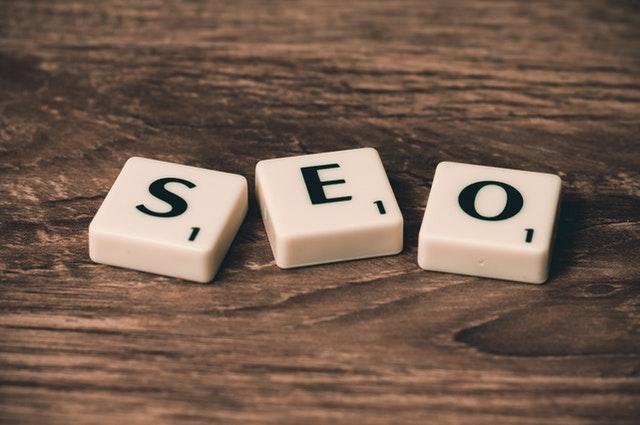04 Aug How to Come Up with Great SEO Content Headings
Don’t hold your SEO back by using low-quality content headings. Use our goods to ensure yours are the best for your website.
Pexels – CC0 Licence
Any website with any aspirations has to invest some time into making sure that its SEO is watertight. If they don’t, then there’ll be an upper limit to their success — and it won’t be very high. Of course, all website owners know that they have to spend some time on their SEO. However, not all website owners know which areas they should focus on. While content is king, it’s not the only thing that is worthy of your time. The headings you use within your content are also important.
In this blog, we’re going to run through some useful tips that’ll ensure your content headings help rather than hinder your website’s SEO.
Make them Relevant
Number one rule: make sure that your headings are relevant to the content that you’re using them for. Google bots will be crawling your page to see what’s there, and if there’s a disconnect between the heading and the paragraph to which it refers, then they won’t know what to think. You don’t need to make things hyper-specific. You can get a little poetic with your headings if you like! But the link between the heading and the content should make sense.
Structure H1, H2, H3 Tags Correctly
It’s not just the words you use in your headings that count but also how you structure them. Do you know about H3, H2, and H1 headings? You’ll need to. These are the formats that you should be using for your headings. H1 is the biggest heading and should only appear once — usually as the title. Next in size is H2; this will be used for the headings that you place above your paragraphs. Finally, there’s H3. Not every page will have H3 tags. They’re the smallest tags, which are used for subcategories under a paragraph. Making sure you get this right will help your SEO because it’ll help organise your website, enhancing user experience, which Google loves.
Use Keywords Smartly
It’s been a long time since keywords were the main driving force behind SEO. It’s true that in recent years, they’ve taken a bit of a backseat. But to say that they’ve lost all relevance would be taking things way too far. They’re still important. And of all the places, it’s the headings of your content where you can often include them seamlessly. Keywords are not jeopardising the flow of your main content but in your headings? There is no flow. If you can find a way to include a keyword into your heading, then go for it.
Keep Them Short
When you’re using headings, every word counts. In general, it’s best to keep them short and sweet — though you can make them slightly longer so long as there are no filler words. One good tactic that Google seems to like is to ask a question. That’s something that a person would naturally search for, and you’ll have shown that you have the answer ready for the user (providing you have provided the answer below the tag!).
Make Them Interesting For The User
You shouldn’t just create your headings with Google’s bots in mind. Actually, you shouldn’t take that approach at all. First and foremost, you should create them with your audience in mind. If they’re interesting for the user, they’ll be more likely to stick around — and increasingly, that’ll help your SEO because the amount of user engagement impacts Google ranking. The main thing that your users will look at is the content, but if you’re not drawing them in with an intriguing heading, then they may not stick around long enough to read your content.
What to Avoid
There are many ways that you can get your headings right, but also plenty of ways that you can get them wrong, too. For instance, if you’re writing clickbait-style headings, then your website will suffer. Google doesn’t like them, and neither do internet users, so you’ll be hit double. You should also avoid playing around with too many styles and especially on the same page. Consistency is key because it provides a better user experience.
Conclusion
As we said at the beginning of the blog, there are many different ways to improve your website’s SEO. And that includes your content headings. Rather than thinking of them as an afterthought, spend some time making sure that they’re going to push your SEO forward rather than hold it back. It won’t take long, but it might just make a noticeable difference.
Need help with your website updates? Paul and his team are specialists! Request a free SEO Audit today.



